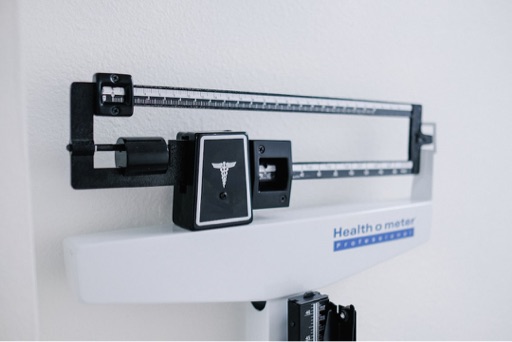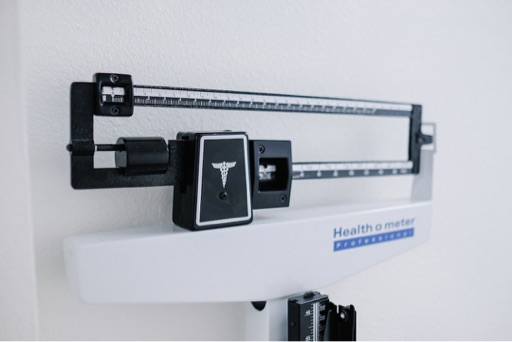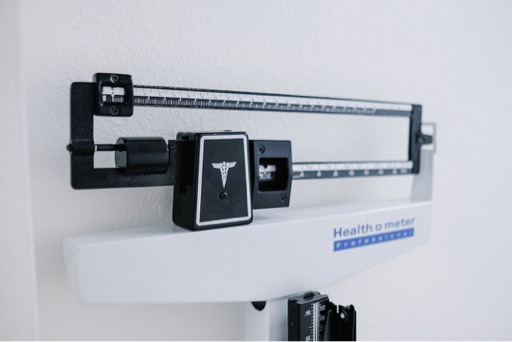Millions of people are potentially being misclassified as overweight or obese due to inherent flaws in the Body Mass Index (BMI) measurement, according to a recently published Lancet Commission report featuring 50 global experts.
BMI, which categorizes individuals by dividing weight by the square of height, currently indicates that around two-thirds of adults in Britain fall into the overweight or obese categories. However, this simplistic measurement does not account for variations in body composition and physical activity.
Professor Francesco Rubino, the commission’s chairman and a leading expert at King’s College London, argues that the traditional BMI classification system has been used for four decades and is now due for an overhaul. He points out that active individuals with larger frames or significant muscle mass may be classified as obese, which he views as an overdiagnosis.
Current statistics indicate that approximately 1 billion people worldwide are classified as obese, a number projected to rise. The commission recommends supplementing BMI assessments with additional measurements such as waist-to-hip and waist-to-height ratios. The ideal assessment would involve body scans to determine total body fat, although this is not feasible for widespread implementation in healthcare systems like the NHS.
Traditionally, BMI categories are defined as follows:
- Underweight: BMI less than 18.5 kg/m²
- Healthy weight: BMI between 18.5 and 24.9 kg/m²
- Overweight: BMI between 25 and 29.9 kg/m²
- Obese: BMI between 30 and 39.9 kg/m²
- Severely obese: BMI of 40 kg/m² or more
Experts, including Professor Tom Sanders from King’s College London, acknowledge that while BMI has been a useful tool for evaluating populations, it can mislead assessments for individuals, particularly within the 25-34.9 BMI range. For example, muscular individuals may appear obese when their body fat levels are minimal.
Dr. Adam Collins from the University of Surrey highlights that focusing solely on BMI overlooks other individuals who may be at high risk despite having a normal BMI. There’s a concern that about 10% of individuals classified as ‘lean’ may actually be ‘metabolically obese,’ suggesting that a more nuanced approach to health assessments is needed.
As discussions continue about how best to approach body weight classification and health diagnoses, the urgency for a reformed standard that moves beyond BMI grows stronger.

Source: The Mirror





